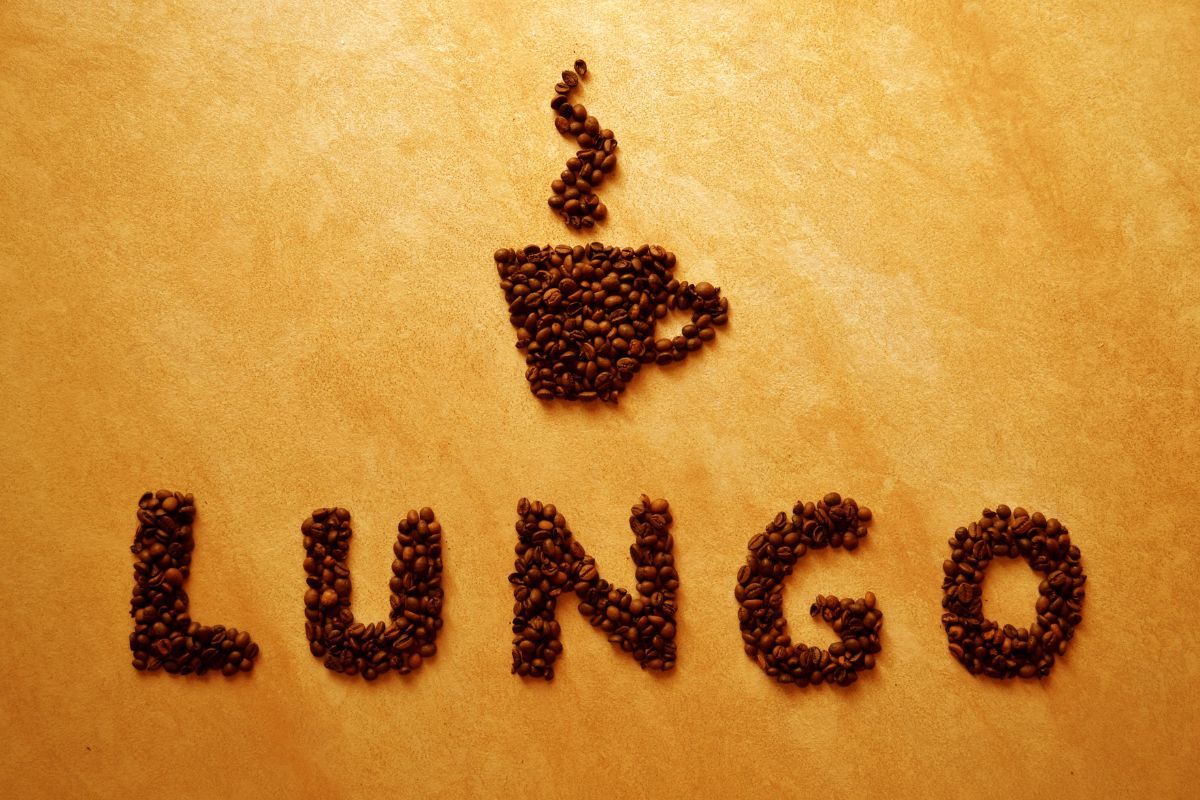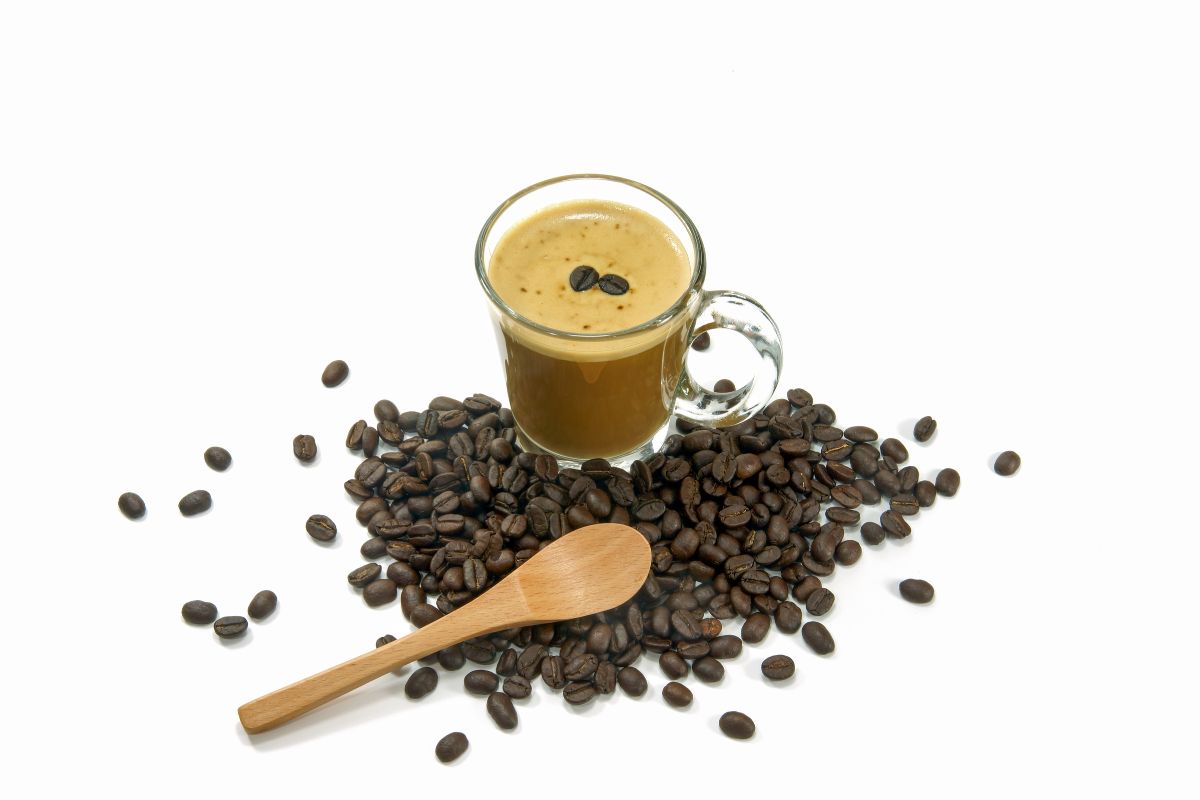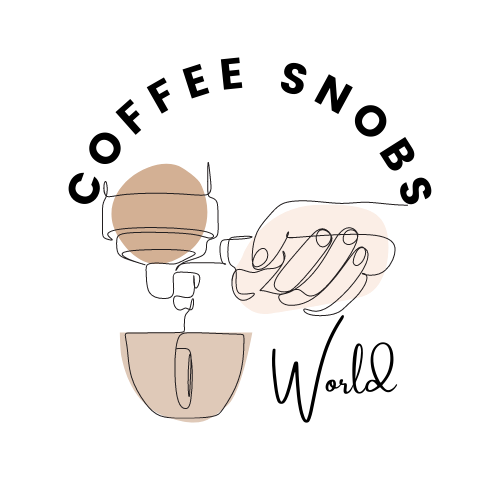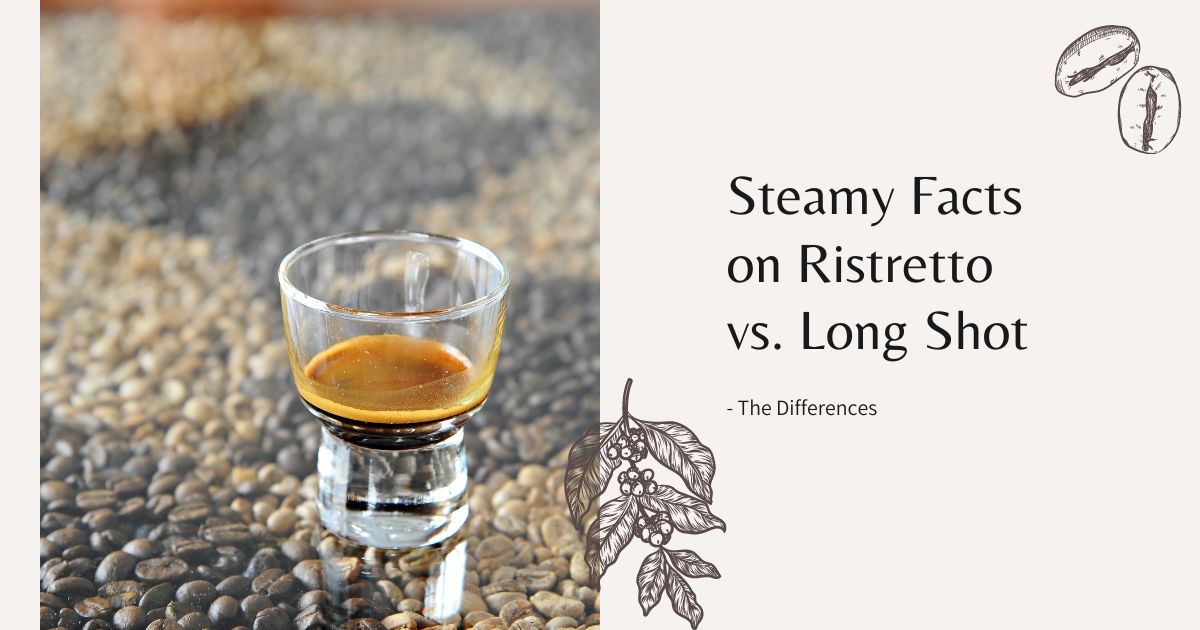The Beauty of Coffee
There are numerous drink choices on coffee shop menus. These choices are what bring the ristretto vs. long shot conversation to the fore. How do their taste and preparation compare?
This article takes you on a journey in which you’ll learn about the elusive ristretto and espresso brewing in general. However, before getting into the long shot ristretto conversation, it would help to cover some basics. Let’s do this!
What is Ristretto?
The word “ristretto” means “restrict” in Italian, the language in which the ristretto first appeared. A ristretto is a shorter version of the classic espresso shot. “Shorter” means less water running through the coffee grounds.
The result is a reasonably heavy, intense beverage weighing about 0.88 ounces (25 grams). So, ristretto means restricting the amount of water you use for the drink. To find out more about what is ristretto shots, there are other details you must understand.
You must be careful about the type of beans you use to prepare a ristretto. This is because you’ll use less water and will dissolve less of the coffee grinds. Consequently, you should be careful about the beans’ density rather than your roast style.
For instance, Ethiopian coffee, which is a high-altitude coffee, is denser than coffee from Brazil, which is low-grown. Generally, this makes Ethiopian coffee tougher to extract and more acidic. As a result, it results in a very sour ristretto.
Conversely, Brazilian coffee is more effortless to extract and has lower acidity levels. These features make it ideal for ristrettos. Any roast style can work, but medium roasts are more soluble than nordic style roasts.

What is a Long shot?
An espresso long shot is the opposite of ristretto, meaning you use extra water for the brew. In addition, you pull it for a similar or slightly more extended time than an espresso. You can also call the long shot a lungo, café allonge, or caffe lungo.
The long shot espresso is the next step in espresso extraction. While a ristretto uses a 1:1 ratio, an espresso uses a 1:2 ratio, and a long shot uses a 1:3 ratio. This implies you might use 0.6 ounces (18 grams) of coffee in 1.9 ounces (54 grams) of liquid coffee out.
Many people usually confuse a long shot with a double espresso, and we bet you do too! First, long shots offer a more diluted and mild flavor. On the other hand, double espressos are thicker and somewhat denser.
In addition, double espressos usually hold up better in more complicated mixed drinks. This is primarily because of its strong base taste, which forms the base of famous drinks such as the flat white and cappuccino.
What about Americano? The long shot differs from an Americano in that the Americano dilutes the espresso using hot water after you brew it. On the other hand, a long shot adds additional water volume during brewing.
Moreover, the water in the Americano does not play any role in the coffee extraction. But, in the long shot, water plays a significant role in the extraction. If you were wondering what’s a long shot espresso, you now have more details.

The Difference Between Ristretto and Long Shot
As you might expect, ristrettos and espressos taste very different when you prepare the same amount of coffee and half as much water. A regular espresso shot has a higher extraction level, allowing us to taste the entire flavor spectrum.
From the initial notes of sweetness, juiciness, and fruit to the bitter and chocolaty overtones in the second half of the shot. The flavors you taste are more distinct since the shot is slightly diluted. Because of this, a double espresso is ideal as a long black or a standalone cup of coffee.
The short and sweet ristretto only retains the flavors from an espresso’s first half. You’ll often taste its rich sweetness, making it ideal for milk-based drinks such as cappuccinos and flat whites. This sweet, rich shot is ideal for cutting through the flavor of milk when making a milk-based beverage.
The primary factors that answer the difference between ristretto and long shot are
| Factor | Ristretto | Long Shot |
| Brewing Process | It is the initial process of the espresso brewing process. In addition, it has less margin for error on pull times, as two seconds could add acidity to your drink. | It is the next step after the ristretto. It gives you some room to experiment to get your ideal balance. |
| Water Volume | You make ristrettos with half the water of one shot of espresso, which is about 0.5 fluid ounces (15 milliliters). | The long shot uses around three times the water you use on a ristretto which is about 1.5 fluid ounces (45 milliliters). |
| Extraction Time | It has a shorter extraction time, typically 15 seconds. | Use full extraction time of at least 30 seconds. But, the time varies as per the beans, roast and personal preferences. |
| Concentration | Ristrettos offer a more concentrated flavor. It also has more aromatics and acidity. | Lungos are less concentrated. However, they can carry the stronger taste of deep notes. |
| Flavors | Ristretto drinks are for people who love their coffee thick and sweet. | The long shot is for people who prefer a flavor balance of espresso in a lighter drink. |
| Caffeine Content | Because of their short preparation times, ristrettos have less caffeine. | Long shots usually have slightly more caffeine than espressos. This usually varies based on how long you pull your long shot. |
| Bitterness | While ristrettos have intense flavors. They also have a slight bitterness. | Long shots usually offer more bitter notes. The bitterness depends on how long you brew your coffee and the kind of coffee you use. |
The History of Espresso
You cannot brew the traditional espresso, the ristretto, or the long shot in an ordinary drip coffee machine. Instead, you need a specific device that runs hot water through the coffee grounds under pressure.
Angelo Moriondo invented one such machine in 1884. Steam-powered his hulking machine that could only brew in bulk. But, he only built a few prototypes reserved for his chain of coffee houses.
After several years, one of his competitors patented an advanced machine version. The sales of these machines created an international coffee stir. Coffee houses globally imitate Italy’s coffee culture to date.
Espresso brewing involves pumping hot water under pressure through finely ground coffee. In this sense, you’ll get a weak shot when you use coarsely ground beans because the water flows right through.
On the other hand, finely ground coffee creates resistance against the water. For best results, it is best to balance between four different variables i.e.,
- Grind size
- Coffee dose
- Water volume
- Contact time
These four variables are what determine your coffee’s flavor. For instance, a typical espresso double shot uses about 0.6 ounces (18 grams) of coffee and 1.2 ounces (36 grams) of water, and 30 minutes of extraction time. With this ratio, you’ll get a balanced drink.

Is any Coffee Longer Than a Long Shot?
Fortunately, you can make your shot as long as you want. The extra-long shots don’t have any unique name. But, some coffee enthusiasts brew their coffee with a higher water ratio to grounds.
As a matter of fact, Matt Perger, a former World Barista Championship finalist, is famous for infusing as much as 11 fluid ounces (300 milliliters) of water through only 0.6 ounces (18 grams) of coffee. This is a ratio of 1:17, similar to your usual cup of coffee.
You must be wondering – how does that taste? Well, reviews vary, but with enough experience with your preferred coffee beans, you’ll find it effortless to adjust your water proportions. However, you might have to start with a little less than 11 fluid ounces (300 milliliters) of water!
Beans Used to Brew Ristretto vs. Long Shot
To prepare ristretto shots, consider using lower acidity beans that usually grow at lower altitudes. They also give your coffee some light aromas and sweet flavors. In addition, you need a hint of acid to balance your coffee’s profile.
Beans that grow at high altitudes are denser and acidic. It is more challenging to extract flavors from these beans. However, long shots’ long pulls are up to the challenge.
How to Pull a Ristretto
Now that you know what’s a ristretto shot, it’s time to look at how to pull one. Fortunately, it is a straightforward process you can learn effortlessly.
You’ll brew ristretto under pressure for a shorter time than a regular shot. In addition, you’ll use a lower ratio of coffee-to-water than you’d use for espressos. Consider using 0.53 fluid ounces (15 milliliters) or half of a single shot to the same quantity of grounds.
Even if you only require a short pull, it is best to watch the clock as you do it. Remember, under-extracted ristrettos usually taste off because they don’t have most of the balancing flavors you’d expect from coffee.
Here is how to pull a ristretto:
- Select a fine grind for the coffee beans.
- Fill the reservoir of the espresso machine with ice-cold, filtered water. Avoid hard and distilled water, as it could destroy your brewer.
- Wait until the water reaches the proper temperature. Most espresso makers display this information with a light that changes from red to green.
- Add 0.5 ounces (14 grams) of coffee to the filter and press it down. To find the right amount of pressure, you might need to experiment.
- Place the filter you’ve prepared back in the machine.
- Brew the coffee for 15 seconds. Aim for around half an ounce (15 milliliters) of ristretto.
How to Pull a Long Shot
Next up is the long shot espresso. Coaxing coffee’s full potential into a substantially greater volume of water requires patience. You’ll require 1.6 fluid ounces (45 milliliters), which is three times the water you’d need for a ristretto.
In addition, you’ll pull the long shot more slowly, typically about 40 seconds. Coarser grinds or beans you know are bitter work well with shorter pull times. Ensure you time the pulls cautiously.
Be careful not to over-extract. If you do, you’ll add too much caffeine, and your coffee’s flavor balance will be off.
You can prepare lungo coffees in the same manner you prepare ristrettos. But, there are three key differences:
- Select less finely ground coffee.
- Extract the coffee for around 40 seconds based on your taste.
- You’ll get approximately 1.5 ounces (45 milliliters) of a long shot.
Get Your Java On!
What is your preferred coffee drink? Do you like the short and sweet ristretto or the smooth and balanced espresso? Perhaps you’ve not made up your mind!
In that case, visit one of your favorite coffee shops and order a ristretto and a long shot. Ask the barrister how they prepare the two drinks and taste the differences.
On the other hand, if you have an espresso setup at home, you’re lucky! Follow the procedure shared in this piece to whip up each and compare.
After that, when someone asks you what is a ristretto shot or what is a long shot espresso, you can answer them correctly. The details in this piece will help you handle the long shot vs. ristretto debate authoritatively.

